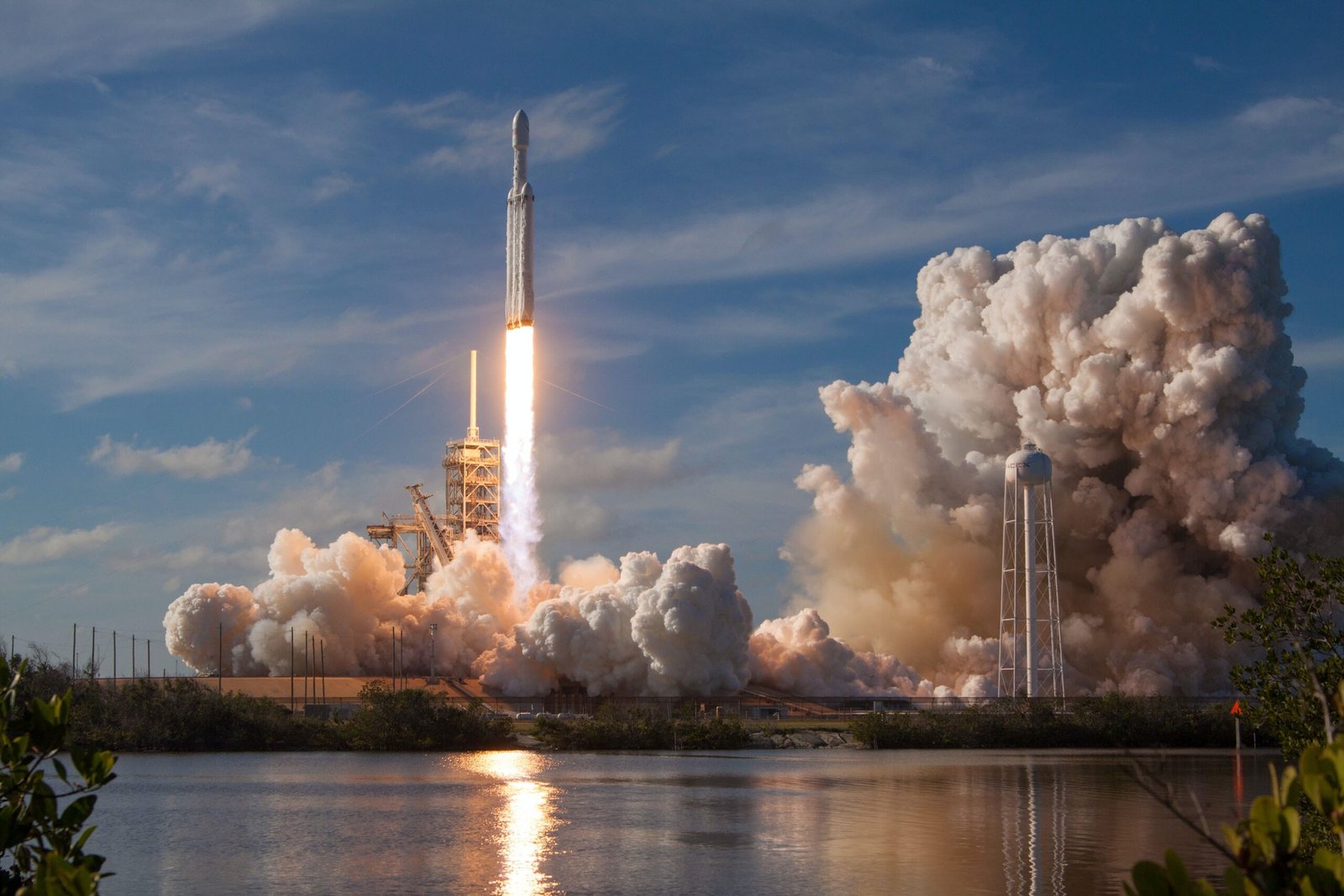US-China Lunar Competition
- The US faces setbacks in its lunar program, highlighting challenges in the space race with China.
- China leads with several firsts in lunar exploration, setting ambitious goals for future missions.
NASA’s Strategy and Challenges
The US, historically the only nation to have manned moon landings, is now facing fresh setbacks in its Artemis moon program. NASA’s new strategy involves significant reliance on private companies to reduce costs, a shift from the Apollo missions era when NASA owned all spacecraft. Recent delays and propulsion issues with US company Astrobotic’s robot moon lander underscore the difficulties of this approach.
China’s Advancements
China’s government-backed lunar program has achieved several firsts, including the world’s first lunar soft landing since 1976 with Chang’e-3 and a landing on the far side of the moon with Chang’e-4. China plans an automated mission this year to retrieve samples from the moon’s far side, a step that could cement its leading position in lunar exploration.
The Role of Private Companies
NASA’s strategy shift to use private companies like SpaceX aims to lower the costs of its moon missions. This approach tests the capacity of private sector players to develop expertise and culture in space missions, a domain traditionally dominated by well-funded government programs.
Global Perspective
The US-China moon race is part of a larger trend where countries like India also lean on private companies for space exploration. The challenges faced by these private entities are steep, but they represent a significant evolution in the approach to space exploration.

